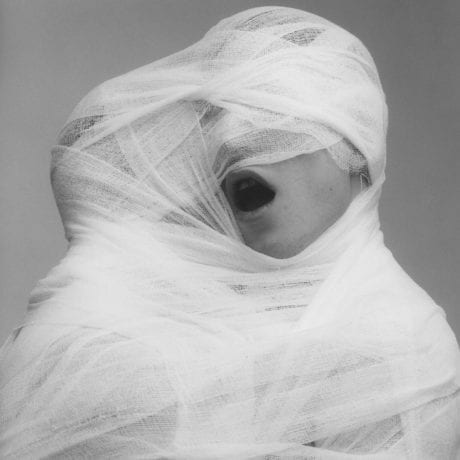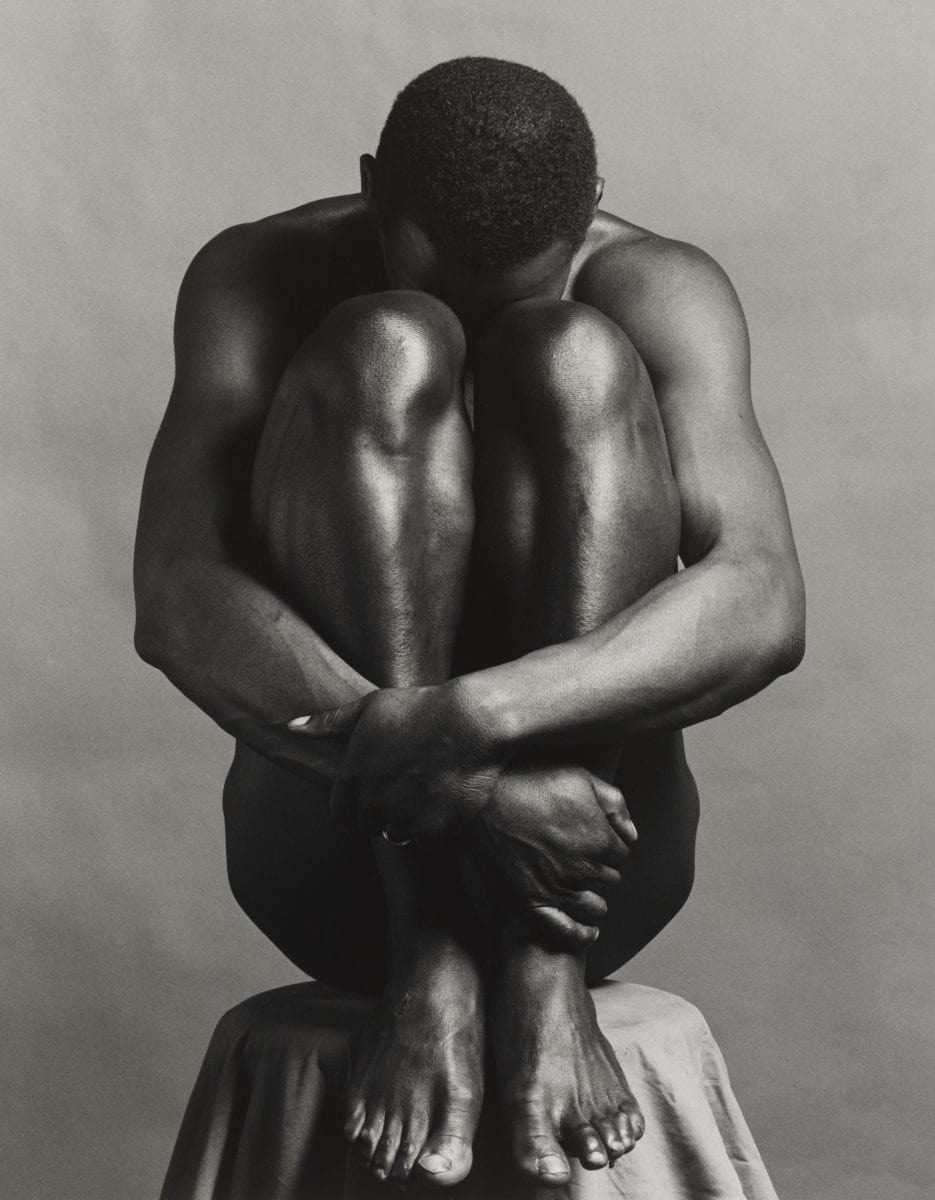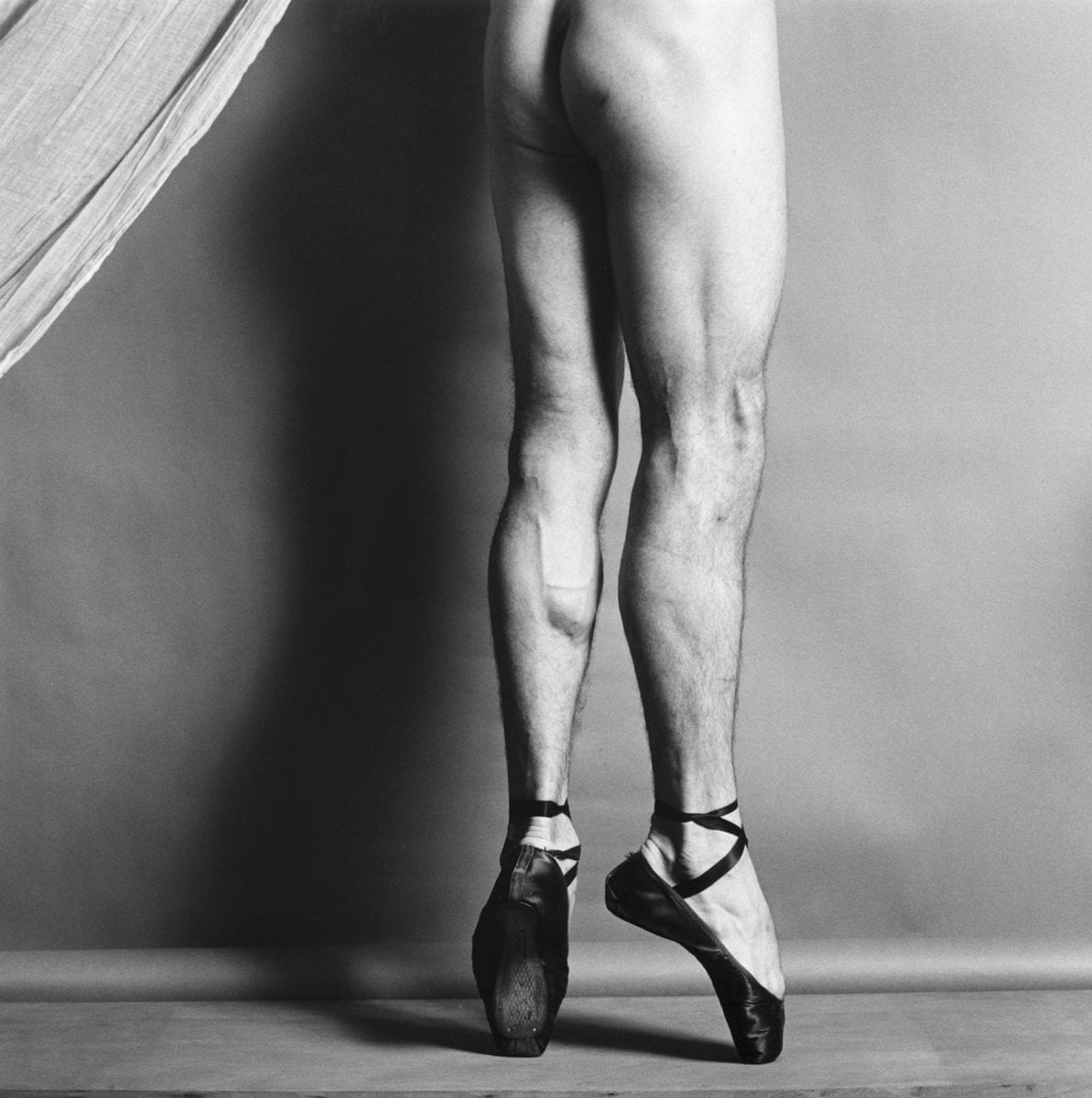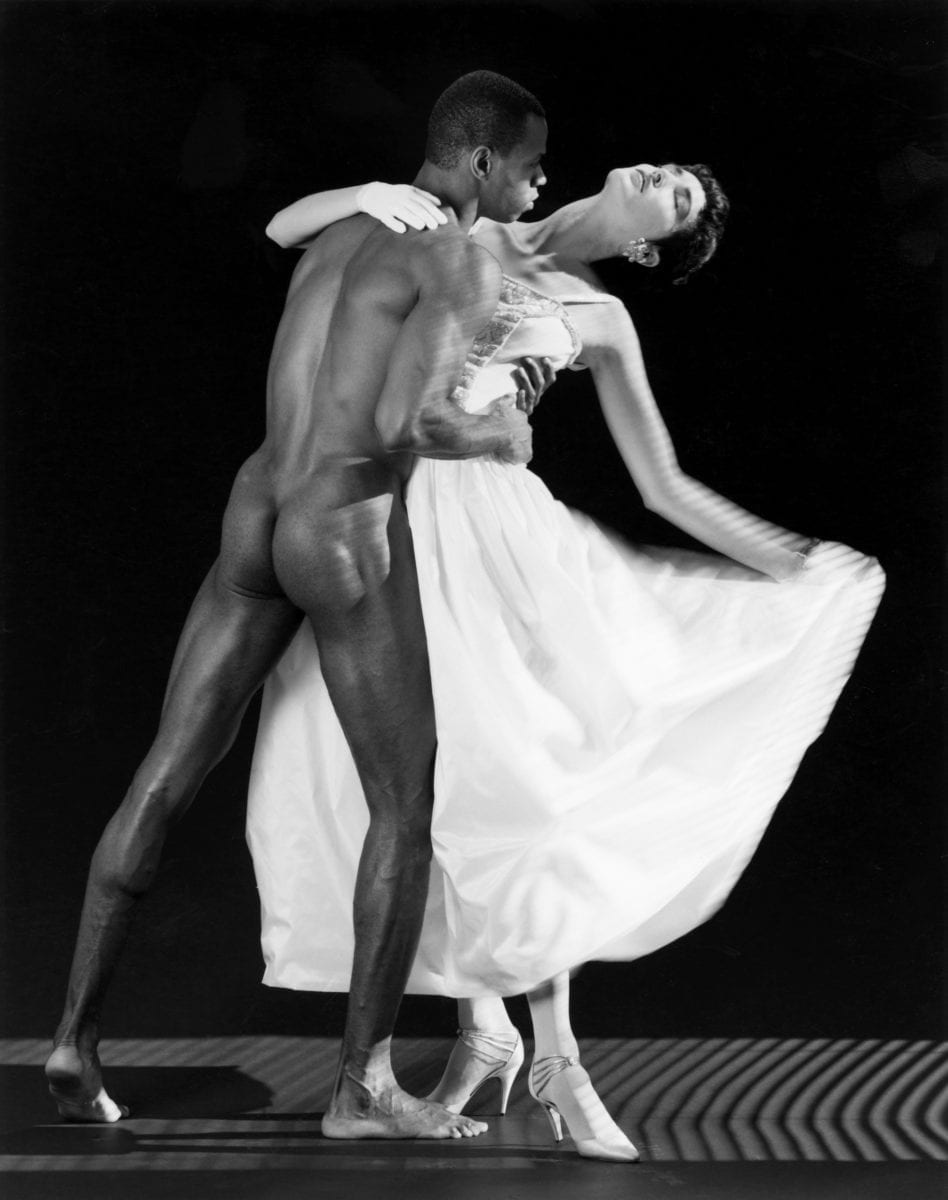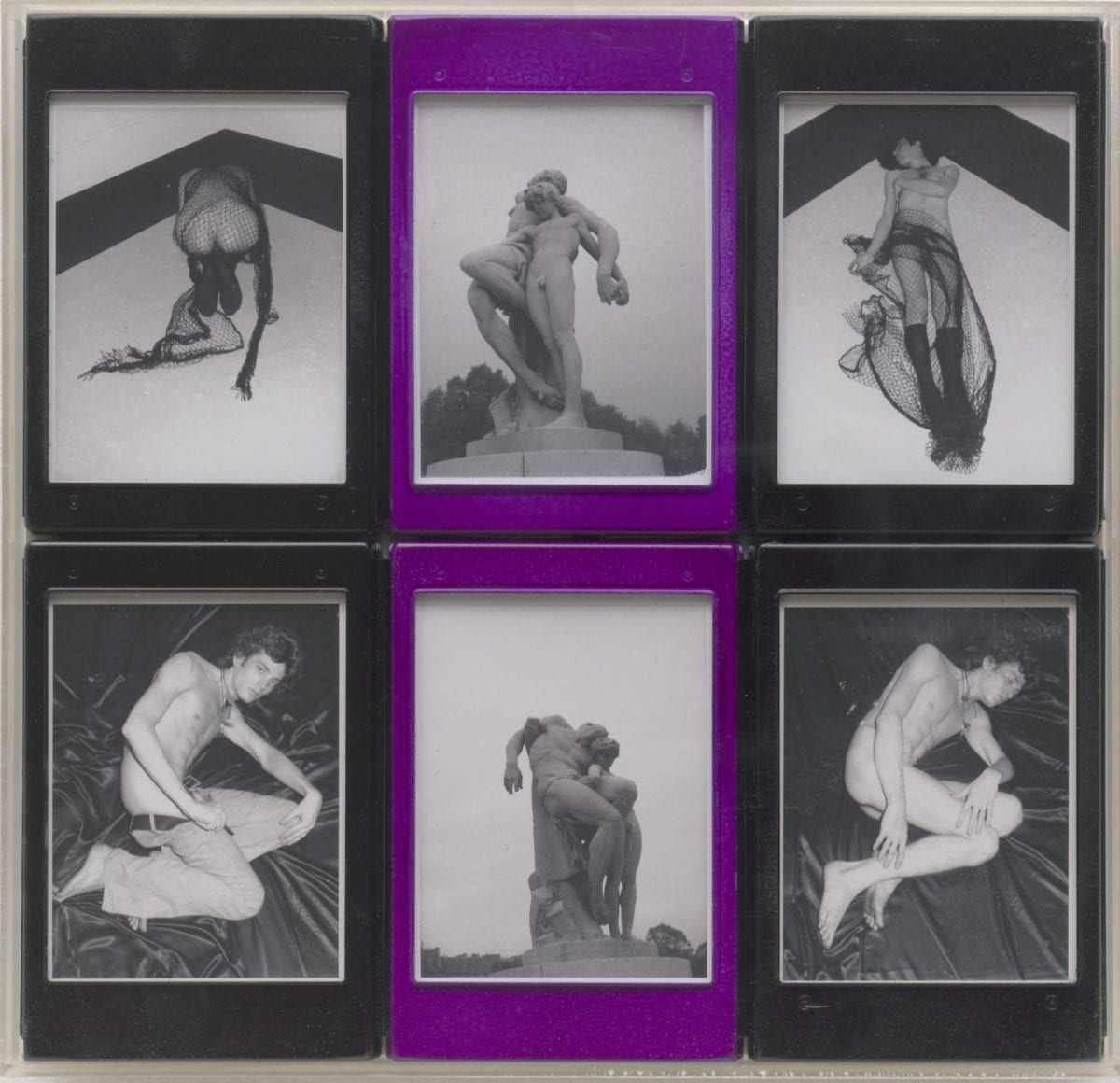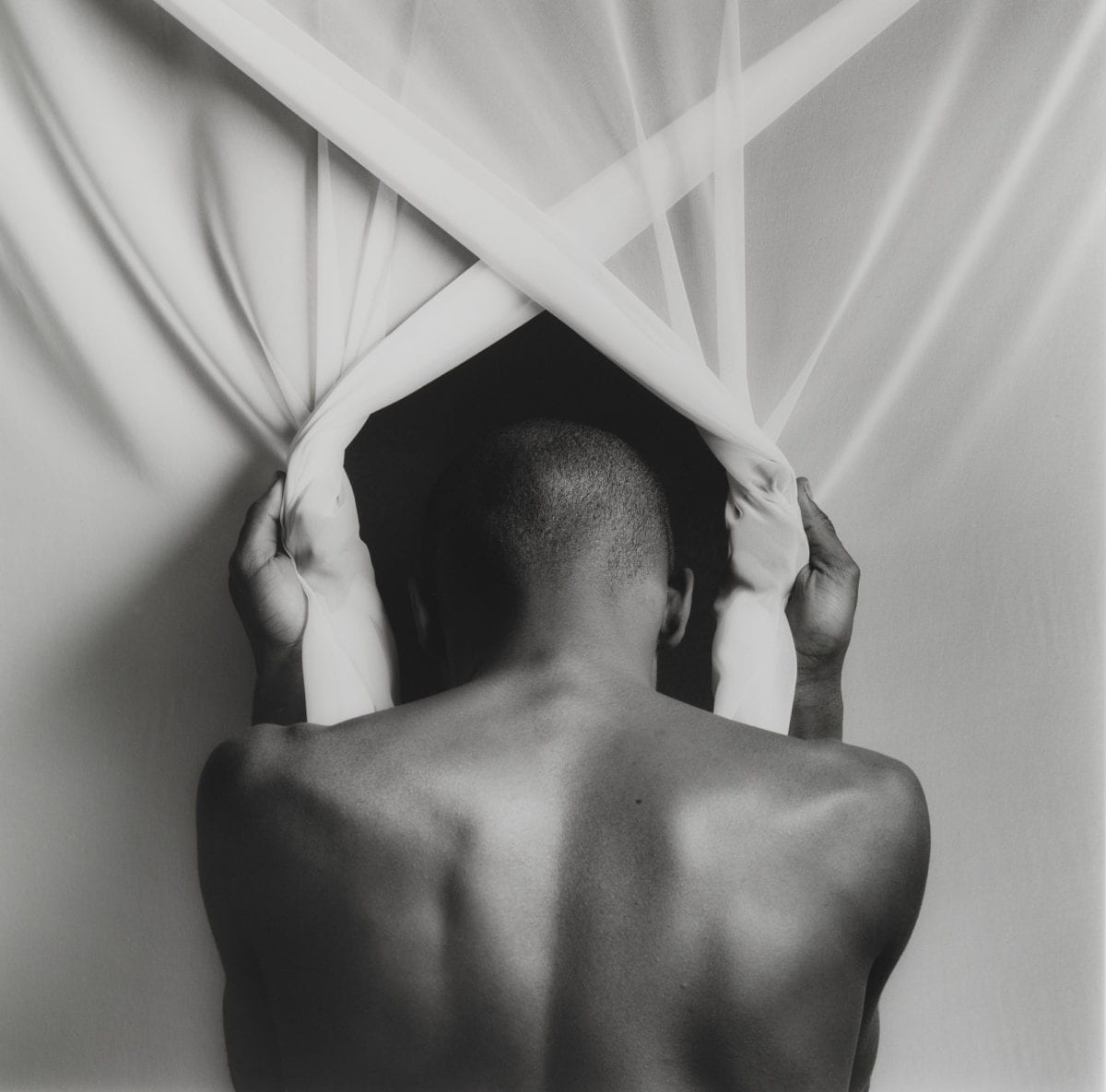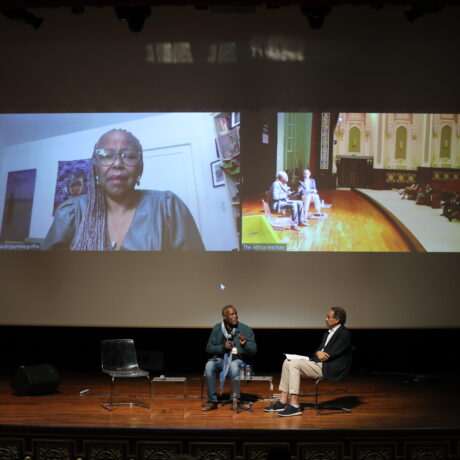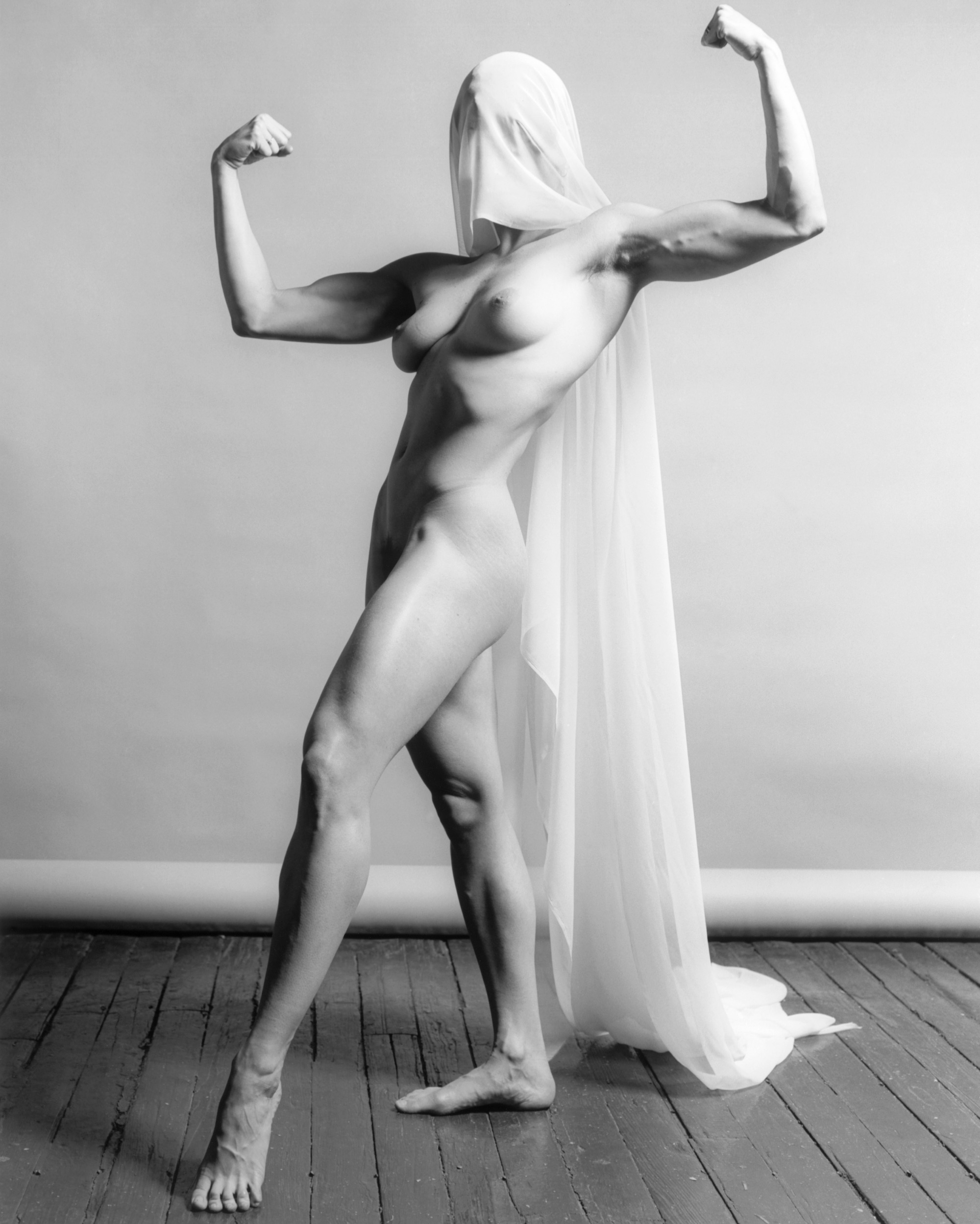
Robert Mapplethorpe is an artist you who will know, even by a single image. His black and white photographs of friends, lovers, acquaintances and celebrities of the underground New York scene of the 1980s are immediately recognisable for their strict, careful composition. In the thirty years since his death, they have taken on not only an iconic status but a deeper, poignant note. These pictures have the powerful ability to conjure both youthful freedom and the things that we lose as we grow up. There is tenderness to be found, and intimacy too, even in the most formal of photographs.
This year in tribute, two institutions on either side of the world have chosen to dedicate exhibitions to Mapplethorpe. The Guggenheim in New York presents Implicit Tensions, a full year of shows built around their substantial collection of photographs and objects donated in 1993 by the Robert Mapplethorpe Foundation, while the Museo Madre in Naples is showing Choreography for an Exhibition (until 8 April). Both explore the intense eroticism of Mapplethorpe’s gaze, and the visual clues and connections that he drew between the sexualized body and classical sculpture, still lifes or portraiture taken from art history.
“These pictures have the powerful ability to conjure both youthful freedom and the things that we lose as we grow up”
Particularly striking are a series of photographs that show female bodybuilder Lisa Lyon, who Mapplethorpe first met in 1980. Her face frequently obscured, she flexes her muscles for the camera. The shape and tension of her naked body is accentuated; both photographer and model refuse to conform to expectations of the masculine or feminine in these images. Across his expansive body of work, produced increasingly at fever-pitch as the grip of AIDS took hold of his still-young body, Mapplethorpe’s subjects perform for the camera. At times they look directly out to the lens, at others they turn away entirely. His photographs capture contrasts: push and pull; give and take; black and white; heaven and hell; and domination and submission.
Robert Mapplethorpe, Choreography for an Exhibition
At Museo Madre until 8 April 2019
